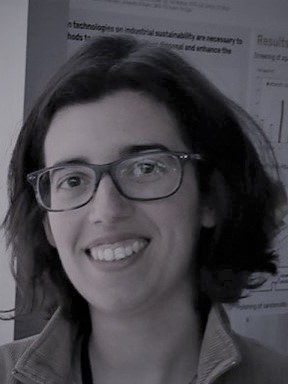abstract
The negligible volatility and high tunable nature of ionic liquids (ILs) have been the main drivers of their investigation in a wide diversity of fields, among which is their application in areas involving pharmaceuticals. Although most literature dealing with ILs is still majorly devoted to hydrophobic ILs, evidence on the potential of hydrophilic ILs have been increasingly provided in the past decade, viz., ILs with improved therapeutic efficiency and bioavailability, ILs with the ability to increase drugs' aqueous solubility, ILs with enhanced extraction performance for pharmaceuticals when employed in biphasic systems and other techniques, and ILs displaying low eco/cyto/toxicity and beneficial biological activities. Given their relevance, it is here overviewed the applications of hydrophilic ILs in fields involving pharmaceuticals, particularly focusing on achievements and advances witnessed during the last decade. The application of hydrophilic ILs within fields involving pharmaceuticals is here critically discussed according to four categories: (i) to improve pharmaceuticals solubility, envisioning improved bioavailability; (ii) as IL-based drug delivery systems; (iii) as pretreatment techniques to improve analytical methods performance dealing with pharmaceuticals, and (iv) in the recovery and purification of pharmaceuticals using IL-based systems. Key factors in the selection of appropriate ILs are identified. Insights and perspectives to bring renewed and effective solutions involving ILs able to compete with current commercial technologies are finally provided.
keywords
AQUEOUS BIPHASIC SYSTEMS; NONSTEROIDAL ANTIINFLAMMATORY DRUGS; BLOCK-COPOLYMER MICELLES; IN-OIL MICROEMULSIONS; BOVINE SERUM-ALBUMIN; 2-PHASE SYSTEM; CELL-LINE; ENHANCED EXTRACTION; SOLVENT MICROEXTRACTION; BIOLOGICAL-ACTIVITY
subject category
Chemistry, Physical; Materials Science, Multidisciplinary; Metallurgy & Metallurgical Engineering; Physics, Applied; Physics, Condensed Matter
authors
Dinis, TBV; Silva, FAE; Sousa, F; Freire, MG
our authors
Projects
CICECO - Aveiro Institute of Materials (UIDB/50011/2020)
CICECO - Aveiro Institute of Materials (UIDP/50011/2020)
Ionic liquid-based supports for pre-miRNAs purification targeting Alzheimers disease (PUREmiRSILs)
acknowledgements
This work was developed within the scope of the project CICECO-Aveiro Institute of Materials, UIDB/50011/2020 and UIDP/50011/2020, and the CICS-UBI project UIDB/00709/2020, financed by national funds through FCT/MCTES. This work was funded by FEDER, through COMPETE2020--Programa Operacionadtl Competitividade e Internacionalizacao (POCI), and by national funds (OE), through FCT/MCTES, from the project POCI-01-0145-FEDER-031106 (IonCyt-Device) and the project POCI-01-0145-FEDER-029496 (PUREmiRSILs), and by national funds (OE) through FCT/MCTES from the project PTDC/EMD-TLM/3253/2020 (ILSurvive). T.B.V.D. acknowledges the Ph.D. grant SFRH/BD/130958/2017. F.A.eS. acknowledges FCT for the researcher contract CEECIND/03076/2018 under the Scientific Employment Stimulus-Individual Call 2018.




